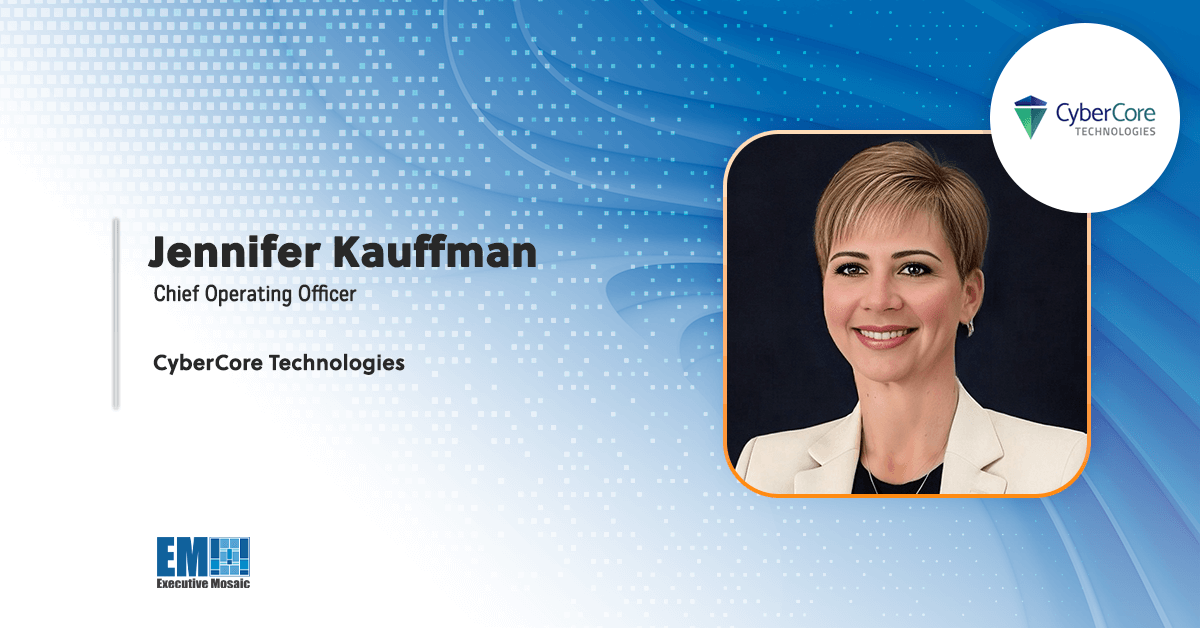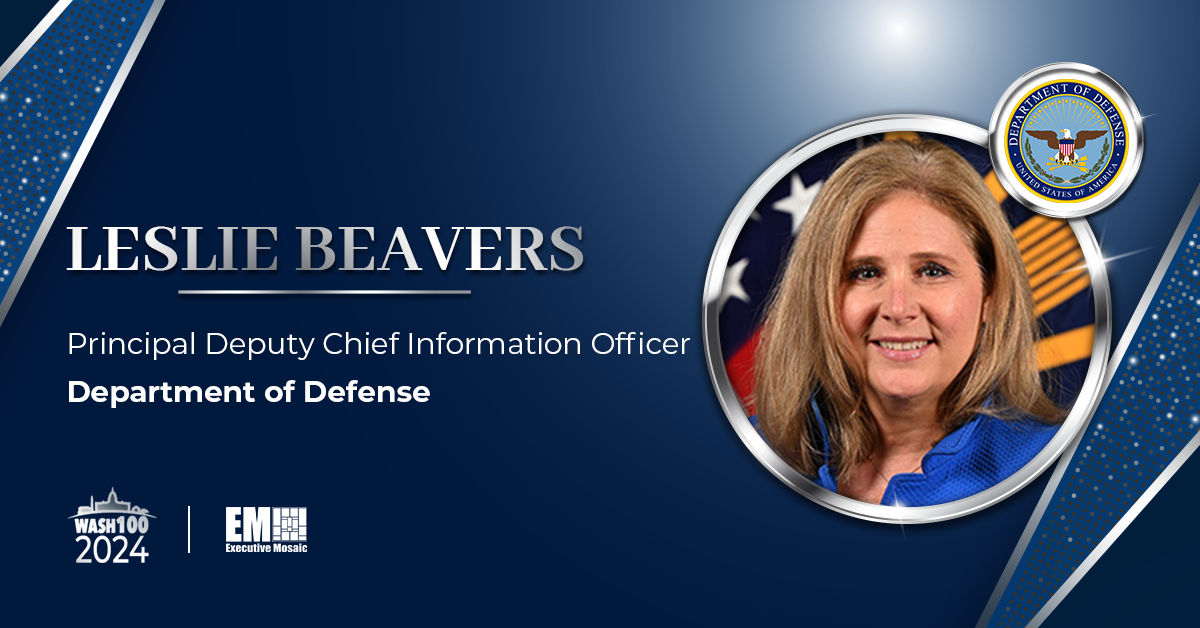At the Potomac Officers Club’s 2023 Air Force Summit on July 18, retired Maj. Gen. Lee Levy said that too often, commentators reduce the conundrum of carrying out warfighting logistics in a contested environment to simply getting goods and services to the battlefield on time. While this is an important piece of the contested logistics puzzle, there are a number of reasons why the U.S. military has trouble completing this supply chain aspect of the challenge. Leading voices on the matter have ideas about ways to fix it.
Accenture Federal Services Managing Director Paul Ott believes that digital twins are a highly underutilized methodology when it comes to boosting the supply chain in order to prepare the warfighter for the future fight in contested environments — or even just in peacetime scenarios.
“Military readiness in the digital age requires a strong digital core, and the ability to act with speed and precision. Digital twins are a key enabler to delivering the logistics capability our nation requires,” Ott wrote in an op-ed for National Defense Magazine published earlier this month.


Ott is set to moderate a panel discussion during the Potomac Officers Club’s Preparing for the Contested Logistics Era Forum on Sep. 14. Anyone with a curiosity in how the U.S. is remaking its service branch strategies in anticipation of the shifting tides of the current international power struggle should register for the event immediately. It will be held at Falls Church, Virginia’s celebrated 2941 Restaurant, accompanied by a delicious breakfast spread.
Digital twins began as merely computerized renderings of physical objects, but their capability is now much more vast, able to map out “end-to-end supply chain networks” while integrating and displaying “internal processes and policies,” Ott writes in his piece. He goes on to explain that it is this fusing of “operational reality from the physical world” (like “manufacturing, warehousing and transportation”) with more conceptual tasks such as “business planning, monitoring and reporting” that makes digital twins so useful.
The AFS executive argues that if used correctly, digital twins have the potential to enable the Department of Defense to “leapfrog ahead in an accelerated manner that coordinates previously disparate segments of the supply chain.” However, he notes that the Pentagon’s questionable mastery of data management is one roadblock that might be deterring the military from a full embrace of the technology.
If the U.S. can tap into the latest advancements in industrial Internet-of-Things and cloud computing, it will likely be able to process data in the way and at the speed that it needs to radically transform both the defense supply chain and the nation’s approach to the contested logistics domain. It will mitigate the places where lag time and delays have occurred due to human error and also presents an avenue for supplier diversification that might very well be needed in a near-peer competition, according to Ott.
“With supply chains powered by real-time data insights, human ingenuity and machine intelligence, decisionmakers will be better equipped to synchronize suppliers, inventories, maintenance and distribution capacities to build a higher-performing and more resilient supply chain,” Ott concluded.
For a wide-ranging conversation about multiple ways to gain decision advantage in contested battle spaces, attend the Preparing for the Contested Logistics Era Forum and tune in to the panel discussion Ott will be hosting. The panel will follow a keynote address from U.S. Transportation Command Director of Operations and Plans Maj. Gen. Laura Lenderman. Register here.










